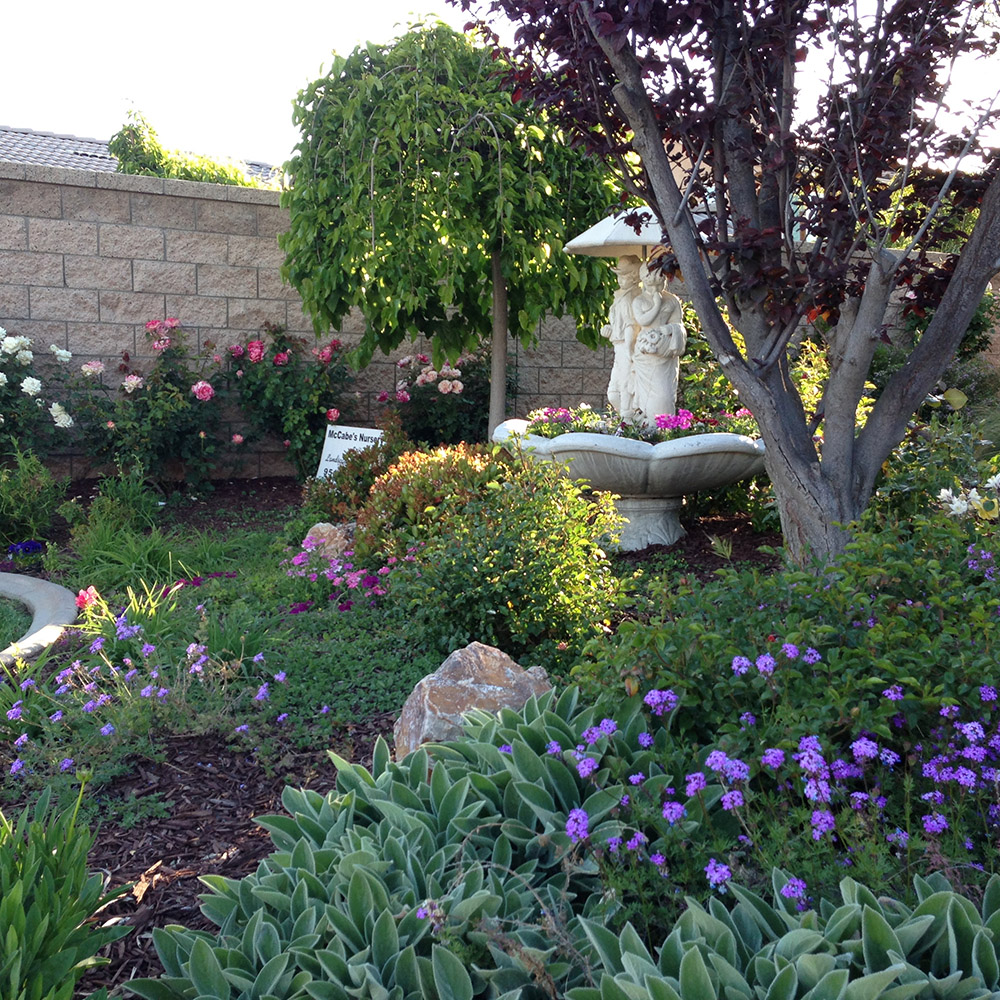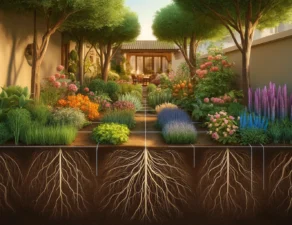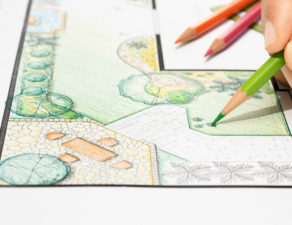
As with most home-improvement projects, planning is a critical step with landscaping. Taking the time to plan before diving into your project will ensure long-lasting, attractive, and healthy landscaping. Developing a plan will also save you time and money down the road, as your landscape matures.
In general, you need to plan your landscaping goals with a ten-year timeline. In the first five years, plants grow and fill in their assigned areas. After ten years, they may become crowded and shrubs may be nearing the end of their life span. At this point, you will have to make decisions about removing or replacing some of your plants.
Some factors to consider when developing your plan include:
Hardscaped areas – this is an expensive part of your project so you want to protect your investment by making smart long-term decisions in the beginning. Making a patio too small is a mistake that will cause you a great deal of grief in the long run. It’s important to identify the possible uses for the space and ensure you have enough room for furniture and room to move around it.
Turf areas – Given that water is an increasingly precious resource, try to keep your turf areas to a minimum. Again, think about the intended uses of the space and only put in as much grass as you think you will really need. Begin by improving your soil with compost, which will make your turf more resilient, and plan for regular aeration and fertilization.
Tree care – with the right maintenance, your large trees will prove to be a solid investment and will last for years. Make sure to plan for routine pruning and fertilization. Before planting trees, consider how far their roots wills spread, and keep in mind the potential damage to sidewalks, driveways, septic tanks, or your home’s foundation. Choose the right spots for your trees so that you don’t have to sacrifice them later. It’s always good to plan on planting deciduous trees where they will shade the house in the summer but let additional light in for the winter.
Irrigation – proper irrigation is key to your landscape’s upkeep. Plan ahead for your hydration needs, and consider installing ‘futures’ so that all of your irrigation needs will be provided for as you landscape your yard over the years. A drip irrigation system can be installed at any time, but it’s easier to do in the beginning stages of a project. If your current irrigation system is more than ten years old, you may need to assess it for needed repairs or replacement with more water-efficient systems.
Managing growth – plants compete with one another for water, nutrients, and sunlight, and sometimes a few of them won’t survive. Protect your investments by planning your plant placement carefully. Nature can’t always be controlled 100 percent, but planning can go along way toward saving you time and money later. Keep in mind that a larger plant may grow so large that it blocks smaller nearby plants from receiving sunlight. Also, consider the angle of the sun and plant location when choosing what plants to include.
These are some of the many factors that we consider when designing a landscape. Proper planning on the front-end of a project is invaluable!








Write a comment: